

Here's what you need to know about the PLU codes:
1. If the PLU contains only four numbers, this indicates that the produce was grown conventionally, or traditionally, with the use of pesticides. For instance, all bananas are generally marked 4011.
2. If the PLU code contains five numbers and starts with '8', this will indicate that the item is a genetically modified fruit or vegetable, meaning that they have been tampered with in an unnatural way. So in the case of a genetically modified banana, it would be marked, 84011.
3. If there are five numbers in the PLU code, and the number starts with '9', this indicates that the product was grown organically and was not genetically modified. So, an organic banana would be marked: 94011.
What's more? While the adhesive used to attach the stickers is considered to be food-grade, the stickers themselves are not safe to consume.
So, if you are looking to consume fruits and vegetables which are free from pesticides or GMO, buying organic produce is your safest and best bet. Nevertheless, as these items can at times be expensive, a great way to keep costs down is by knowing which fruits and vegetables are generally fine to eat (even if pesticides were used) and which aren't. These are referred to as the Clean Fifteen and the Dirty Dozen. So, which fruits and vegetables fall under these categories? Check out the chart below:

Muscle Degeneration Starts with these 8 Early Symptoms!
Are you familiar with muscular dystrophy? Spot the early signs of this disease by being aware of these tips.

Prevent a Heart Attack From Occurring with These Tips
What should you do when recovering from a heart attack? Find out here.
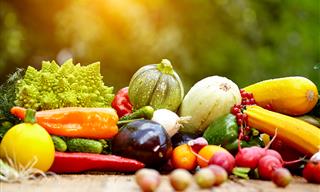
WARNING: These Fresh Foods Should Never Be Stored Together
What are the best ways to store fresh fruit and vegetables? This guide explains.
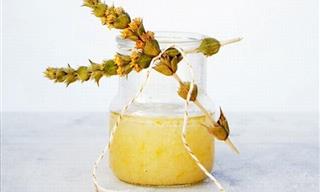
These Cosmetic Products are Cheap to Make & Chemical Free
Ready-made cosmetics may be convenient, but not only are they expensive, they tend to contain toxic products. Here are 8 products you can prepare yourself.
 6:33
6:33
Do You Slouch Often? These 3 Simple Exercises Will Help
How can you improve your posture? Here are three exercises you should try.

I Bet that You Are Incorrectly Washing These 9 Food Items!
Are you washing these 9 foods correctly? Probably not!

12 Foods We Bet You Didn't Know Could be Microwaved
Do you think that your microwave is only good for heating frozen dinners? If so, you’re sorely mistaken! Use the following microwave hacks to soften sugar, froth milk, whip up some French toast, and more!

If You're Hungry at Night, You Should Eat These Foods!
If you are partial to a midnight snack, here are 7 foods that you should consider eating.

The One Fall Lawn Care Step You Can't Afford to Skip
Most people assume spring is the ideal time to fertilize. After all, the grass is coming back to life, so why not give it a boost of nutrients? However, the opposite is actually true.
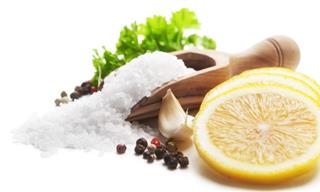
The Surprising Uses of Lemon Salt Outside the Kitchen
Here’s a look at some unexpected ways to use lemon salt beyond the kitchen.

Have Your White Clothes Lost Their Brightness? Try This!
Restore your clothes to their former glory with this natural remedy.

Is Your Dog Afraid of the Vacuum? These Tips Might Help
If the vacuum sends your dog into a tailspin, don’t worry, you are not alone. Follow these steps to reduce your dog's dislike of the vacuum cleaner.
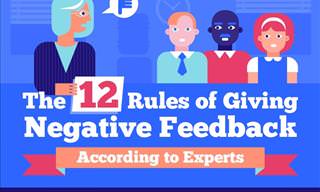
The 12 Rules of Giving Constructive Criticism
How do you explain to an employee that they aren't doing great? With the following 12 rules, that are made to help you in giving and receiving criticism.
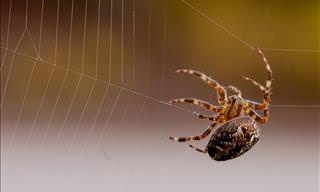
This is Why You Should Show Mercy to Spiders...
Barely anyone you will talk to is a fan of spiders, but here's why you should just let them be.
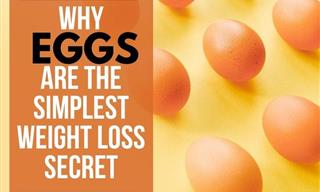
EGGS: the Simplest Food to Help You Shed That Extra Weight
In this article, we’ll explain the whys and hows of using eggs to shed those extra pounds by providing you with 6 handy tips.

Here Are the 8 Biggest Oven Mistakes You Should Avoid
Stop making these mistakes if you want your oven to remain fully-functional for many years to come.
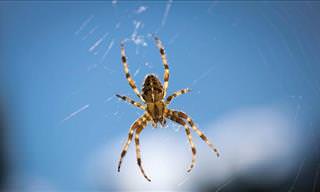
How to Make Sure No Spider Enters Your Home
Tired of 8 legged monstrosities roaming your house? It's time to put a stop to it, the natural way.
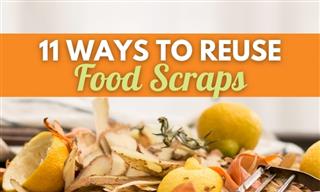
Start Saving Food Scraps - They’re Super Useful!
With these 11 tips, you’ll be able to reuse food scraps and save yourself lots of money and food at the same time.
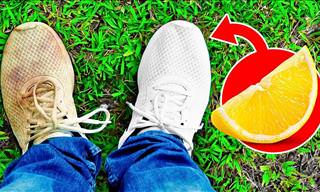 13:29
13:29
A Complete Set of Solutions for Removing Stains!
This stain removal guide will give you 25 excellent tips for removing any kind of stain!

30 Tips That Make Training Your Dog Easier Than Ever
It takes a lot of effort to train your pet. Here are all the secrets you need to know about dog training using positive reinforcement!

12 Tips to Maximize Counter Space in Small Kitchens
These hacks will transform your kitchen counter space.

8 Things That Should Always Be Kept In A Safe
Even if you don't have wads of cash or jewelry lying around, there are a few valuables everyone has that should always be kept stored in a safe
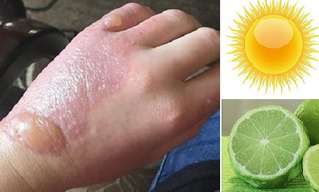
WARNING: Lime Juice and Sun Are a Dangerous Combination!
Did you know that lime and sun exposure create a chemical burn? Learn how to prevent this painful skin condition in this article.

Laundry Detergent Is SO Versatile: 8 Genius Home Uses
Laundry soap, both liquid and powder, has a great number of unexpected uses, from dissolving grease stains to cleaning upholstery & even getting rid of weeds!

5 Incredible Secrets 5-Star Hotels Use to Do the Laundry
Achieve outstanding results with these incredible laundry tips

Got a Flat Tire? Here Are the Dos & Don'ts of Changing It
This infograph will teach you what to do and what not to do when it comes to changing your car's tire.
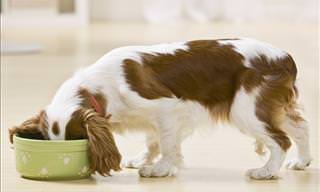
WARNING: If You Love Dogs, This Information is Vital
If you're a dog lover, you should spread this information around. Don't feed dogs these common foods!
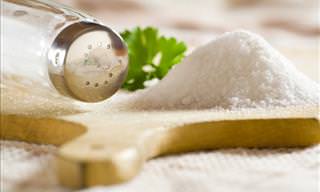
6 Home Ingredients You Can Use to Clean Your Carpet
Got a carpet stain? Forget the dry-cleaners, try one of these methods instead.
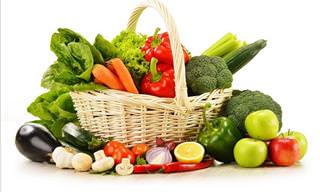
Your Secret Cheat-Sheet For Vegetable Gardening!
This is a cheat-sheet that every vegetable gardener should acquaint themselves with!

Make the Most Out of Your Closet Space With These Top Tips
Do you feel like screaming every time you open your closet door? These 7 cost-effective tips will help you get all the space you need!

Wrinkle Repair: At-Home Treatments and In-Office Procedures
In this article, we'll discuss neck and facial wrinkles and all the ways to treat them.

Experts Warn: Why I Don't Chew Gum Anymore
Do we chew gum and eat microplastics at the same time?
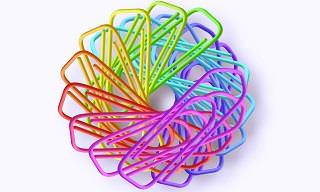 8:59
8:59
Who Knew That Paperclips Could Be Used for So Many Things?
Paperclips are far more useful than anyone ever told you. Watch this video to find 20 new uses!
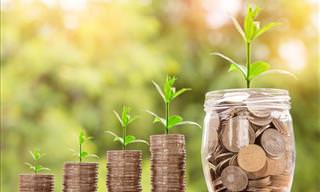
10 Financial Tips That Every Millionaire Has Long Known
Economically successful people don't rely on luck or fate. Heed these 9 tips to get on your way to achieving economic security.

10 Handy Cleaning Tips Every Pet Owner Will Appreciate
If your pets wreak havoc in your home and you're tired of the bad smells, scratched furniture, and dirt they cause, try some of these tried and true tips!

Wow! Even We Were Amazed At These 11 Ingenious Tips
Everyone needs some tips in life, and these 11 are worth remembering because they'll help you solve a variety of problems, make life easier and save money!

This Solution is the Ultimate Natural Head Lice Killer!
Head lice can be notoriously difficult to get rid of, but this DIY solution solves that problem once and for all.

Vicks Has So Many Different Uses. Here Are 8 of Them!
Vicks can be found in households across the globe. This is a very useful ointment which has many unique uses. Check some of them out here.

Genius Hotel and Packing Tricks You’ll Surely Appreciate
These invaluable tricks will help you get around 18 common traveling problems, particularly those that deal with hotels and luggage packing...
 18:55
18:55
An Expert in Failure: An Inspiring Speech All Should Hear
This is a terrific lecture everyone who has ever been afraid of failure.
 2:41
2:41
Stop Overpaying! Make Your Own Wiper Fluid On a Budget
Tired of pricey wiper fluid? Learn to make your own, safely.
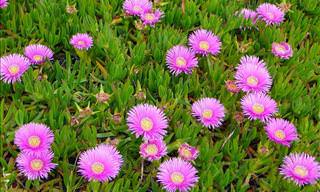
These Flowers Add Color With Very Little Gardening Effort
If you want to have a colorful summer garden but don't fancy dedicating all your free time to it, all you need are these 12 flower varieties. Read on for more.
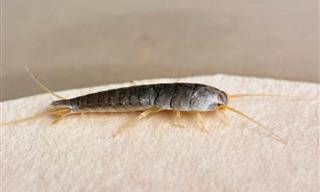
9 Methods to Rid Your Home of Silverfish
We'll now teach you 9 methods that will help you get rid of them with things you probably already have at home.
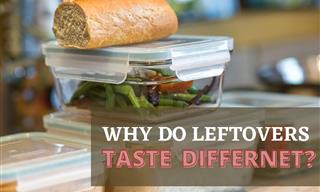
The Science Behind the Good Taste of Leftovers
Do you feel leftover food tastes different? it's not just in your head. Here's the science behind it, and which foods make the best leftovers.
 3:01
3:01
Lemons Are So Useful! Did You Have Any Idea?
This video will show you some superb life hacks using lemons to make your life easier.
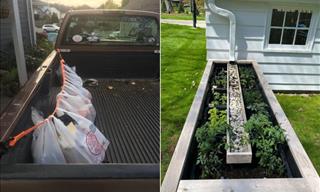
14 Easy Solutions to Everyday Problems You’ll Want to Know
Here we have compiled 14 ingenious solutions to annoying little everyday problems we could all do without!

10 Highly Creative Ways to Re-Use Empty Wine Bottles
Do you have empty wine bottles sitting around in your garage? If so, here's what you could do with them.
To enable your Ad-Free Subscription, please fill the fields below
Your subscription was successful, now you can enjoy an ad-free experience!! Note: To make sure you get no ads, please make sure to log in to your account. If you are logged in already, then refresh the page. The subscription can be cancelled at any time.



